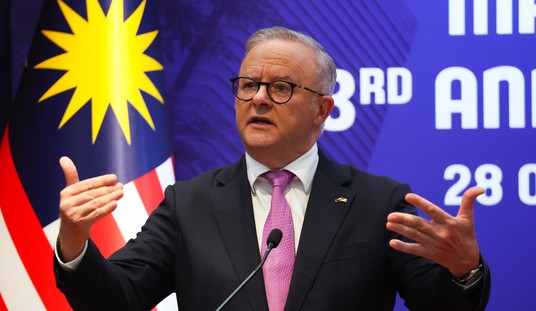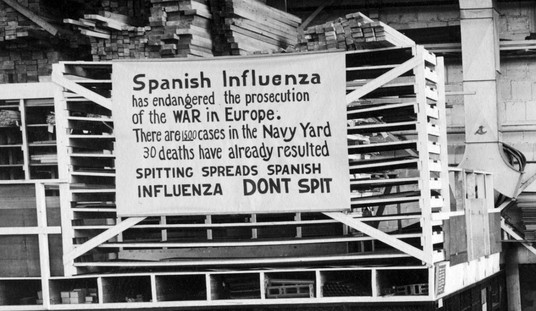I joined a few other bloggers for a briefing on the Iraq mission earlier this afternoon, as a companion piece to the testimony of General David Petraeus. Our briefer was a senior administration official with an expertise in the military and political situation in Iraq, and he provided a broader perspective on the efforts. None of it came as a complete surprise; it didn’t contain any major scoops, but underscored some of what the reporting has missed.
Most of the briefing focused on Basra, which has received fairly distorted coverage. According to this well-placed source, Nouri al-Maliki’s move against Moqtada al-Sadr came entirely on Maliki’s initiative — which pleases the Coalition. He needed to move against Sadr in order to establish credibility as an Iraqi national leader rather than a Shi’ite factional leader. Also, the situation in Basra and Umm Qasr threatened Iraq’s ability to export its oil, a critical factor in maintaining cohesion between all of the sects and populations of Iraq. Maliki had to act to enforce the rule of law rather than gangsterism.
Did it work? At first, Maliki appeared to bite off more than he could chew. The official explained that Maliki thought it would be easy to simply capture a couple dozen gang leaders and senior militia commanders, and that would collapse all of the opposition. Maliki underestimated their strength and overestimated his local strength in Basra; the defections showed that the green 14th division and local police forces weren’t up to the task. However, he brought thousands of reinforcements that performed excellently, and the Coalition leadership remains optimistic overall about the Iraqi national forces.
Sadr’s connections to Iran have done him no favors in the Iraqi political environment. The rest of the Shi’ites in the south have little love for the Iranians, and the heavy hand of Tehran in the Basra fighting has exposed Sadr even further as a puppet of Iran. The Iraqis need to secure their borders with Iran better in the future to keep the Qods force from easily supporting Sadr, however.
Focusing back on American policy, the 45-day pause in drawdowns Petraeus requested will enable the US to take a clear look at necessary troop levels for the future. This refers to the non-surge troop levels of 130,000; the natural drawdown of the surge troops will continue through the summer. Petraeus will have time to assess the short- and long-term requirements for the mission. Will the militia problems continue, or will the issues decline to the point where we can pull out more combat troops? It retains flexibility, keeps the levels conditions-based, and allows for a rational commitment rather than anything tied to the political winds back in DC.
As I said, none of this comes as a bolt out of the blue. It gives a better understanding of the circumstances surrounding the Petraeus testimony, at least from the perspective of the administration.
Update: Rob “NZ Bear” Neppell has a new site called Iraq Status Report, which is a joint project of the Foundation for Defense of Democracies, The Institute for the Study of War, and The Long War Journal. Rob’s company, Kithbridge, helped put it together. It’s a one-stop-shop featuring some of the most highly regarded journalists and experts covering the conflict. Be sure to add it to your bookmarks.








Join the conversation as a VIP Member